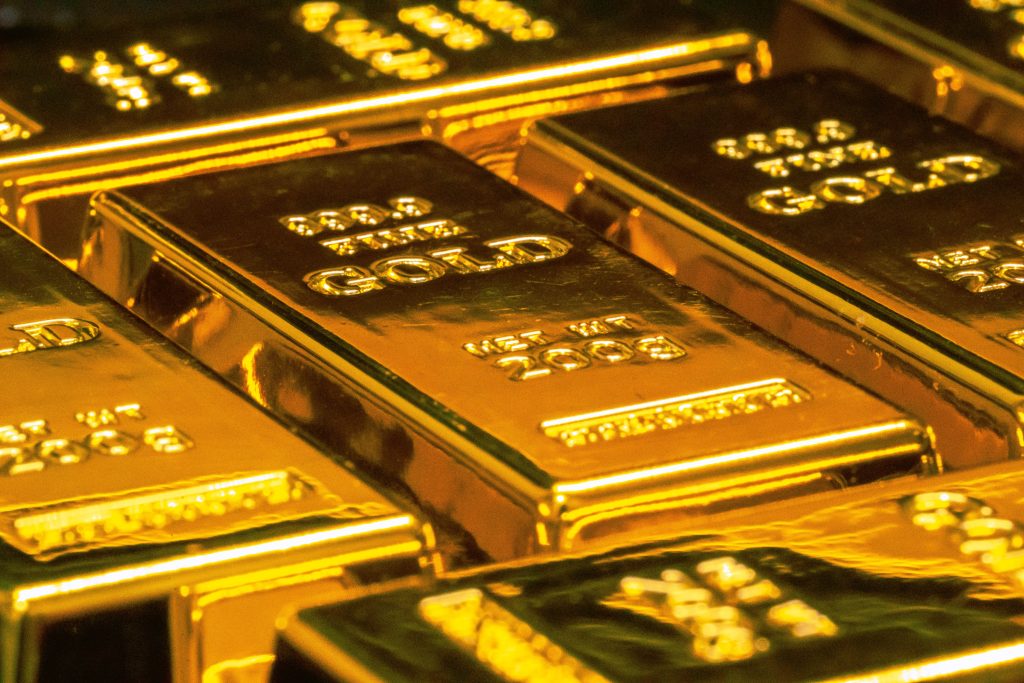On December 18, 1912, a grizzled 75-year old J.P. Morgan was summoned to Washington DC and forced to appear before the Bank and Currency Committee of the US House of Representatives.
The early 1900s was an era of rising socialism in the United States (similar to today); and there was plenty of mainstream media back then– including famed writer Upton Sinclair– who were card-carrying socialists.
These people hated banks, they hated bankers, and they hated J.P. Morgan the most. And eventually the media created so much controversy around Morgan that the House Committee was forced to investigate.
Morgan’s appearance was nothing short of legendary. For three hours straight, the 75-year old sparred with his ‘cross-examiner’, an attorney / “activist” named Samuel Untermeyer.
Untermeyer’s questions showed a distinct lack of understanding how money, banking, and finance really work. But J.P. Morgan took him to school that day.
At one point Untermeyer asked about money, suggesting that money is the same thing as “credit”, i.e. belief in paper currency and the banking system.
Absolutely not, said Morgan, correcting his accuser. “Money is gold, and nothing else.”
J.P. Morgan was right; gold has been money for most of the 5,000 years of recorded human history, in large part due to its geological scarcity, its long-term durability, and its metallurgical divisibility.
At Sovereign Man we are not “gold bugs” with fanatical views about any asset class, least of all a hunk of metal.
But we do see gold through a rational, fact-based lens as an essential part of any robust Plan B.
Long-term financial data demonstrate that gold is an excellent hedge against inflation. It’s a fantastic diversification asset. It’s a great insurance policy against systemic risks and Black Swan events.
(We saw the latter most recently in 2020 when gold prices went through the roof in the early days of the pandemic.)
As our founder Simon Black frequently writes, the real value of gold is as an anti-currency – a rejection of the paper money system in favor of something more tangible that cannot just be conjured out of thin air (unlike, say, more billions of dollars.)
Central banks can (and do) create trillions of dollars with the click of a button. But no central banker in the world can conjure a single ounce of gold out of thin air.
In theory, any scarce asset would be a great anti-currency. Land, for example, is also scarce. As Will Rogers famously quipped, “they ain’t making any more of the stuff” (unless you’re in Dubai).
But land is inferior to gold as an anti-currency because it’s so difficult to divide. It’s not transportable. It’s tied to a single jurisdiction.
Gold, on the other hand, can be moved from one side of the globe to another. So it is not only an anti-currency, it’s also non-jurisdictional. This means that gold isn’t controlled by any government, and that it has universal value around the world.
Now, we’ve written extensively about why we think a $5,000+ gold price is frankly a conservative forecast over the next several years.
US deficits are horrifying, and the national debt grows worse every year. America is potentially just five years away from a serious breakdown of its government finances– an event that would cause gold prices to go sky high.
And this just scratches the surface of reasons to own gold.
We’ve argued before that owning gold through ETFs carries a great deal of hidden risk, and that a much safer option is to accumulate physical bars and coins. Canadian Maple Leaf coins, for example, are very high purity and widely accepted around the world.
But we would caution you against storing all of your gold at home… especially with crime rates on the rise in Europe and the Land of the Free.
Think about it: in this day and age, if you store your gold in a safe at home, and thieves break into your house, what’s the first thing they’ll want to take? Your safe.
You could try clever misdirection, i.e. store gold in an old coffee can or bin of dirty diapers. Or even bury your safe in the backyard somewhere.
But we’ve long felt that a professional, secure storage facility is a better way to go.
Definitely do NOT use a bank safety deposit box. Sure, banks are safe… but they’re also de facto employees of the government. And as Canada’s infamous Freedom Convoy showed recently, the government (and the banks themselves) can cancel you out of the financial system if they don’t like your ideology.
Fortunately there are plenty of non-bank secure storage facilities to choose from. But it’s important to remember that jurisdiction matters.
In the US, for example, there are extensive civil asset forfeiture laws on the books which allow government agents to seize your gold without a warrant or any due process.
This happened not long ago in southern California; a secure storage facility rented out safety deposit boxes to customers… and, quite predictably, a few customers stored drugs and other contraband there.
Federal agents eventually swooped in and seized EVERYTHING at the facility… including the content from the safety deposit boxes of all the customers who weren’t doing anything illegal.
This is what Civil Asset Forfeiture is; you can be deprived of your property even if you’ve done nothing wrong. If your property is simply in the wrong place at the wrong time, it can be taken from you. And then it’s up to you to spend the time, money, and energy trying to get it back.
This is why we’ve long advocated for storing gold overseas in places where civil asset forfeiture is a much lower risk. Plus, storing your bullion overseas can also serve as effective asset protection.
How to store your bullion safely (and why storing a portion offshore makes sense)
Places like Singapore, Switzerland, and Austria have long enjoyed reputations as trusted gold storage destinations. In fact, we have a longstanding relationship with Silver Bullion, a dedicated precious metals storage facility based in Singapore. Plus, our premium members enjoy exclusive discounts when they use the company’s services.
But let’s be honest – it’s 2023. And there are many folks who would like to own gold as an inflation hedge… but don’t want to deal with the risks and hassles of storing it, let alone transporting it.
This is now possible thanks to Blockchain technology. And there is a growing number of gold-backed crypto assets in the market.
This form of “digital gold” removes major issues like transport inconveniences, illiquidity, transferability, and volatility related to dealing with physical gold. And provided you take the appropriate security measures, it can mitigate the risk of theft, too.
But this is a more complex subject than we can deal with today, hence we’ll return to it in a future installment…
Finally, we want to remind our readers that we don’t really view gold as an ‘investment’. In our opinion, the purpose of owning gold isn’t to one day sell it for more paper currency. The idea is to have a hedge against the declining value of paper currency.
That said, our research indicates that there is substantial upside for gold in the future… again, we think that $5,000 per ounce is fairly conservative over the next several years.
But if you’re interested in capturing the maximum upside from gold’s potential meteoric rise in the future, a better way to do that is through exposure to gold mining companies and other gold-related businesses, rather than physical gold itself.
Yours in Freedom,
Team Sovereign Man
PS: If you’d like to learn how to identify the companies that could be huge winners in the coming bull market, then The 4th Pillar — our premium investment research letter focused on real assets – is essential reading.
Inside The 4th Pillar (4P), you’ll discover…
- Highly profitable, dividend paying gold sector companies with pristine balance sheets…
- Free cash flow machines that are trading at ludicrously low valuations (and we’re not just talking about actual mines here)…
- Productive technology providers to the mining and industrial sectors…
- As well as “uncorrelated” low-downside, high-upside opportunities – think vertically integrated businesses in complementary industries to the mining sector.
Recent winners featured in the 4P research portfolio have included agricultural companies, a gold miner, as well as companies servicing the mining industry. But the bargain-basement pricing we’re seeing right now is not going to last long.
So to find out more about The 4th Pillar, click here now.









